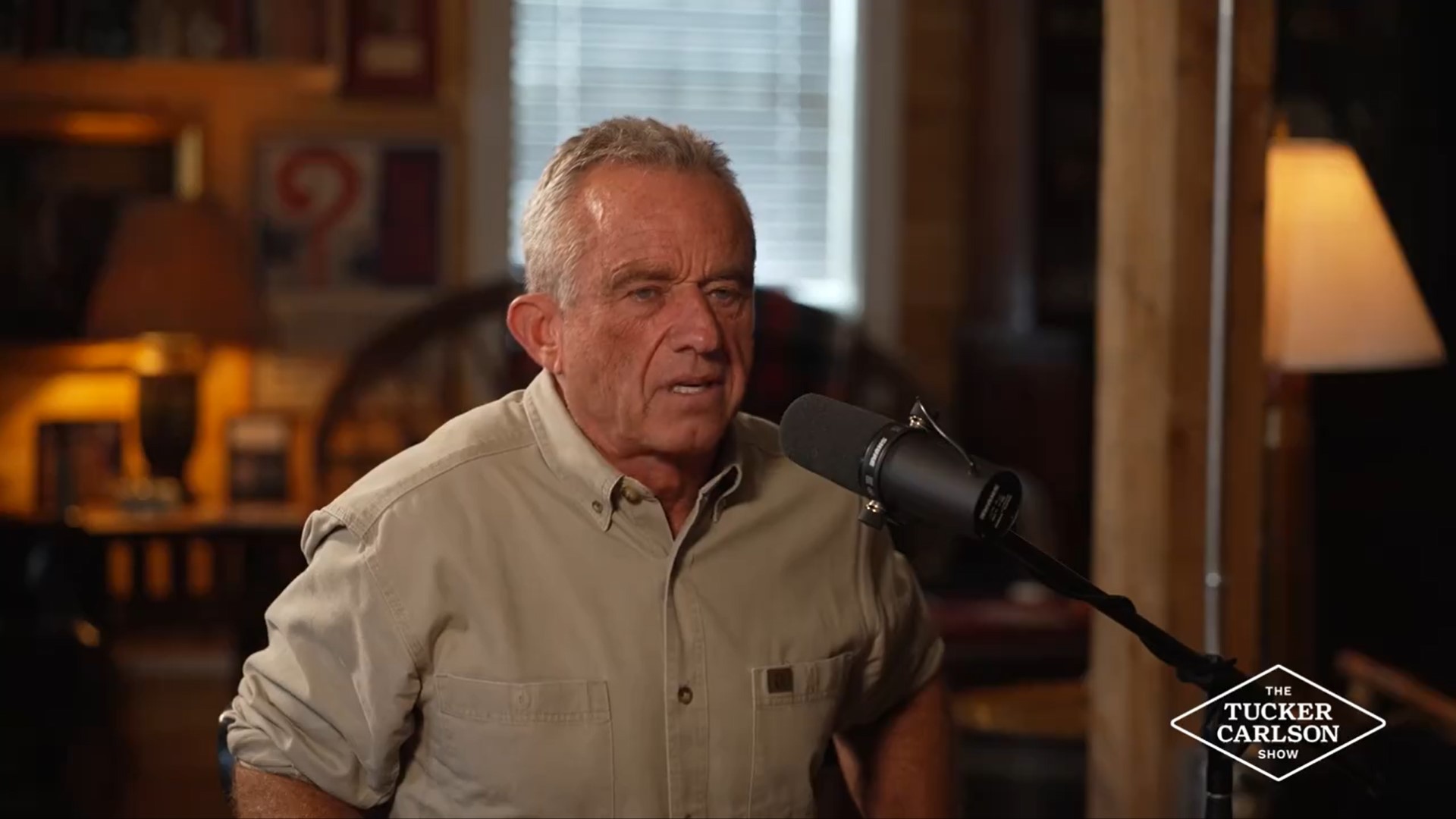In today’s episode of “You Can’t Make This Stuff Up,” we have the FDA, RFK Jr., and a Face Palm emoji that’s getting more mileage than a politician on the campaign trail. Picture this: RFK Jr. drops a bombshell, claiming that the FDA, our national watchdog on everything health-related, gets nearly half its budget from Big Pharma.
Now, you might expect the FDA to either let this sleeping dog lie or respond with some serious introspection. But instead, they went with a classic “Ummmm, actually…” moment. In their attempt to fact-check RFK Jr., they released a statement, clarifying with all the poise of a college freshman in a debate class, that they only receive 47% of their funding from pharmaceutical companies. Yes, —47%. As if admitting to nearly half makes it any less concerning.
This little revelation has sent shockwaves through the public, sparking a wildfire of conversation about the potential conflicts of interest in our regulatory bodies. The FDA’s response, intended to quell the storm, instead poured gasoline on the fire. Many who had been blissfully unaware of these financial ties are now questioning the integrity of the agency meant to safeguard our health.
For years, the revolving door between Big Government and Big Pharma has been an open secret, whispered about in hushed tones. But this? This is the kind of transparency that even a ghost would find too revealing. The implications are staggering: if the FDA’s financial well-being is even partially dependent on the industry it’s supposed to regulate, how can the public trust its decisions and recommendations?
RFK Jr.’s claims, whether intentionally inflated or not, have cast a spotlight on a critical issue that demands our attention. Public trust in regulatory agencies hinges on their ability to operate without undue influence, and this recent faux pas has only confirmed the need for greater scrutiny.
So, here’s to the FDA’s fact-checking blunder—an unintended yet crucial reminder that transparency and accountability aren’t just buzzwords; they’re the foundation of public trust. Let’s hope this sparks a deeper examination of the ties that bind our regulators and the industries they oversee.


Leave a Comment